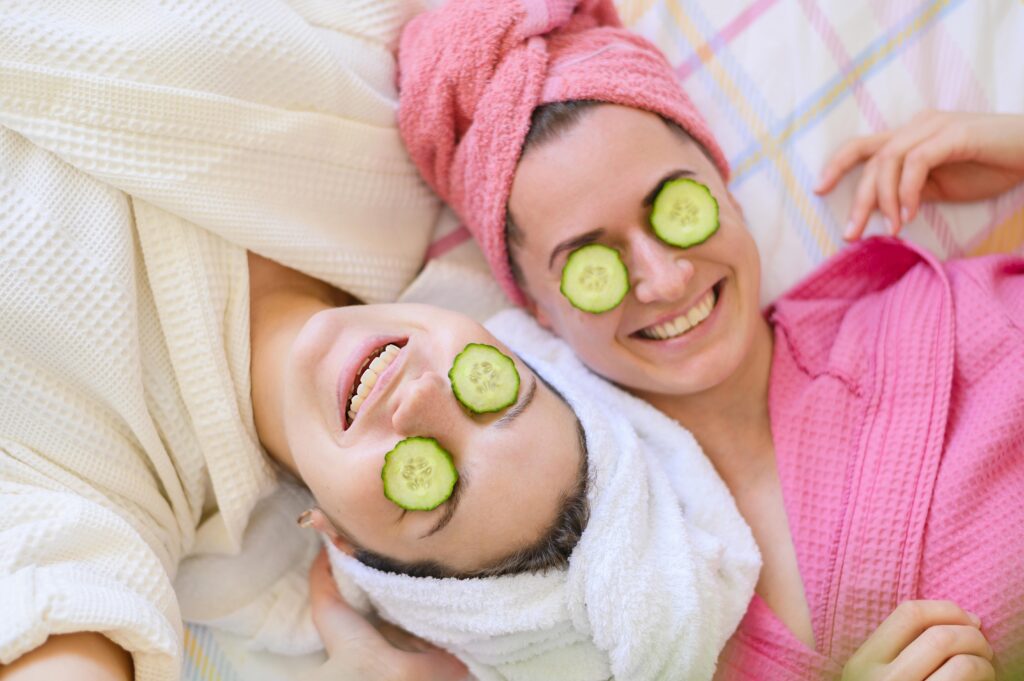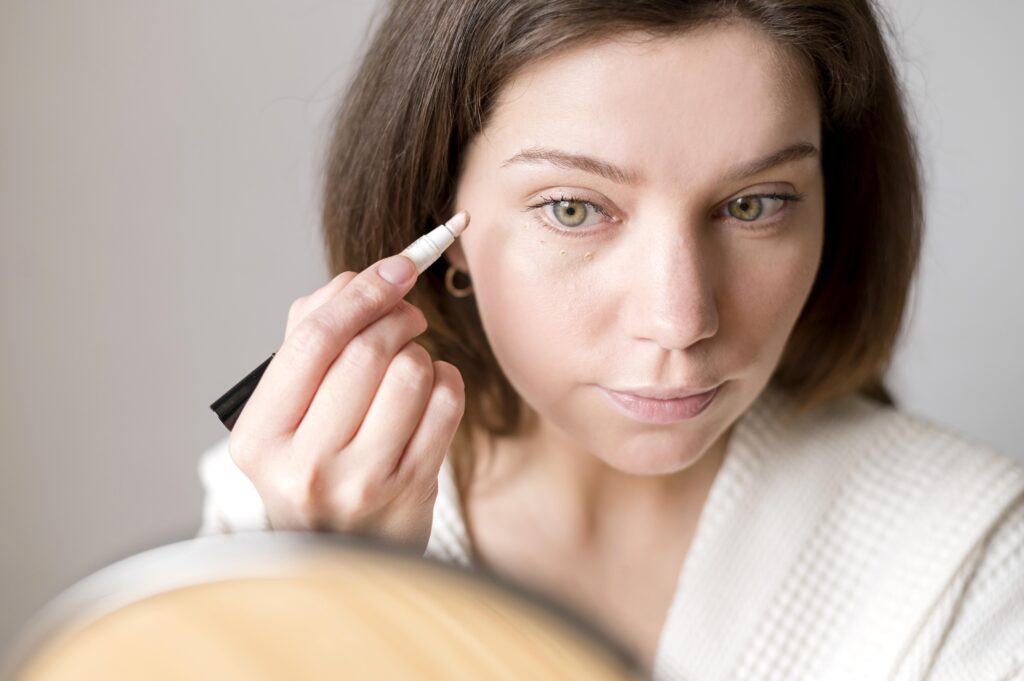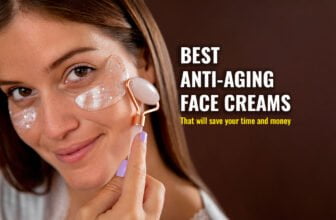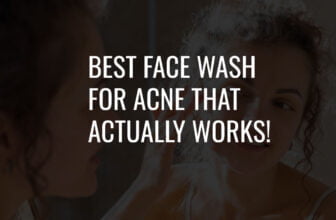
Welcome to your comprehensive guide on how to get rid of dark circles under eyes. If you’ve been struggling with those pesky shadows under your eyes, worry not – we have you covered! Dark circles can make you appear tired and affect your confidence, but fear not, the solutions we’ll explore are simple and effective. Get ready to bid farewell to those dark circles and embrace a fresh and revitalized look!
What Causes Dark Circles?
Before we dive into remedies, it’s crucial to understand what causes dark circles under the eyes. Several factors contribute to this issue, such as:
- Genetics: Some people are genetically predisposed to having darker pigmentation around their eyes, which can be passed down through family members.
- Thin Skin: The skin around the eyes is delicate and thinner compared to the rest of the face. This can make underlying blood vessels more visible, leading to a darker appearance.
- Loss of Fat and Collagen: As we age, the skin can lose its fat and collagen, causing it to appear thinner and more translucent. This can also contribute to the visibility of blood vessels and dark circles.
- Allergies: Allergic reactions can cause the blood vessels around the eyes to dilate, resulting in dark circles due to increased blood flow.
- Dehydration: Insufficient hydration can make the skin appear dull and the blood vessels under the eyes more prominent.
- Sleep Deprivation: Lack of sleep can lead to paler skin and make the blood vessels and underlying tissues more noticeable.
- Sun Exposure: Excessive exposure to the sun can increase the production of melanin, which can darken the skin, including the area around the eyes.
- Stress: Prolonged stress can cause the skin to become paler, making dark circles more apparent.
- Smoking and Alcohol: Both smoking and excessive alcohol consumption can contribute to poor skin health, making dark circles more noticeable.
- Iron Deficiency: Anemia or iron deficiency can lead to paler skin, and when combined with thin skin, it can make dark circles more prominent.
- Rubbing or Scratching: Constant rubbing or scratching of the eyes can damage the delicate skin and lead to inflammation, making dark circles worse.
It’s essential to identify the underlying cause of dark circles to determine the most effective remedies or treatments. Addressing factors like getting enough sleep, managing allergies, staying hydrated, and adopting a healthy lifestyle can help improve the appearance of dark circles. However, for chronic or severe cases, consulting a dermatologist or healthcare professional is advisable.
Identifying Under-Eye Dark Circles
To effectively address dark circles, it is crucial to accurately identify their underlying causes and distinguish them from other under-eye conditions. This section will guide you in recognizing and understanding different types of dark circles:
A. Differentiating Between Pigmentation and Vascular Dark Circles
Dark circles can be classified into two main types: pigmentation-related and vascular-related. By learning how to differentiate between these two types, you can tailor your approach to treating them effectively.
B. Recognizing Dark Circles vs. Other Under-Eye Conditions
Several under-eye conditions share similar symptoms with dark circles, such as puffiness and discoloration. We will explore how to distinguish dark circles from other concerns like under-eye bags and hollows.
C. When to Seek Professional Advice
While certain dark circles can be managed with lifestyle changes and topical treatments, others may require professional intervention. This section will help you understand the signs that indicate it’s time to consult a dermatologist or skincare expert for personalized guidance.
Lifestyle Changes for Brighter Eyes
A. Establishing a Consistent Sleep Routine
Improving sleep quality and ensuring an adequate amount of sleep each night are essential for rejuvenating the under-eye area. We will discuss practical tips to create a consistent sleep schedule and promote better sleep hygiene.
B. Stress Management Techniques and Their Effects on Skin
Effective stress management can help alleviate the impact of stress on the skin, including the development of dark circles. This section will explore relaxation techniques, mindfulness practices, and other stress-reducing methods.
C. Dietary Adjustments to Promote Skin Health
Maintaining a balanced and nutritious diet can enhance skin health and reduce the appearance of dark circles. We will highlight foods rich in antioxidants, vitamins, and minerals that nourish the skin and combat under-eye discoloration.
Skincare for Dark Circles
Proper skincare is essential in treating and preventing dark circles. In this section, we will discuss effective skincare practices:
A. The Role of Eye Creams and Serums in Reducing Dark Circles
Eye creams and serums specifically formulated for the under-eye area can provide targeted treatment for dark circles. We will explore the active ingredients to look for in such products and how they work to reduce discoloration and puffiness.
B. Ingredients to Look for in Under-Eye Products
Certain key ingredients have proven efficacy in treating dark circles and improving under-eye skin health. This section will list and explain the benefits of these ingredients, empowering you to make informed choices when selecting skincare products.
C. Tips for Applying Skincare Products Effectively
Proper application techniques can enhance the effectiveness of skincare products. We will provide step-by-step instructions on how to apply eye creams and serums correctly, ensuring optimal absorption and results.
Natural Remedies for Dark Circles
In addition to commercial skincare products, several natural remedies can be effective in reducing dark circles:

Cucumber Slices and Tea Bags:
- Cucumber slices have cooling and anti-inflammatory properties that can help reduce puffiness and soothe tired eyes.
- Place fresh cucumber slices or chilled used tea bags (green or black tea) over your closed eyes.
- Relax and leave them on for about 10-15 minutes.
- The antioxidants in tea and the water content in cucumber can refresh the skin and diminish the appearance of dark circles.
Potato and Tomato Remedies:
- Potatoes contain natural bleaching agents and antioxidants that can lighten dark circles and reduce puffiness.
- Grate a raw potato and extract its juice. Soak a cotton ball in the juice and apply it to the dark circles.
- Alternatively, you can place thin potato slices over your eyes.
- Tomatoes are also rich in antioxidants and can help brighten the skin. Mix tomato juice with a few drops of lemon juice and apply it to the affected area.
- Leave the potato or tomato remedy on for about 15 minutes, then rinse with cool water.
Almond Oil and Rose Water Treatments:
- Almond oil is known for its nourishing properties, and rose water has soothing and refreshing effects on the skin.
- Gently massage a few drops of almond oil around the eyes before bedtime.
- For the rose water treatment, soak two cotton pads in chilled rose water and place them over your closed eyes for 10-15 minutes.
- These treatments can moisturize the under-eye area and reduce the appearance of dark circles over time.
Makeup Techniques for Concealing Dark Circles
Dark circles under the eyes can be frustrating, but with the right makeup techniques, you can achieve a bright and refreshed look. Follow this step-by-step guide to effectively conceal dark circles using makeup, choosing the appropriate concealer for your skin tone, and achieving a natural and flawless finish.
The key to successful dark circle concealment is selecting the right concealer that matches your skin tone and undertones. Here’s how to do it:
Know Your Undertone: Determine whether your skin has warm, cool, or neutral undertones. Look at the veins on your wrist – blue/purple veins indicate cool undertones, green veins suggest warm undertones, and a mix of blue-green veins usually means neutral undertones.

Matching the Shade: Pick a concealer that closely matches your skin tone and undertone. If possible, test the concealer on your inner wrist or jawline in natural light to ensure it blends seamlessly.
Now that you have the right concealer, follow these steps to effectively cover your dark circles:
- Preparation: Start with a clean and moisturized under-eye area. Use a gentle cleanser and apply a hydrating eye cream to create a smooth base for makeup application.
- Color Correction (Optional): If your dark circles are particularly prominent, you can use a color corrector before concealer. For bluish/purple dark circles, use a peach or salmon-toned corrector. For brownish dark circles, use a peach-toned corrector.
- Concealer Application: Take a small amount of concealer on your fingertip or a makeup brush. Begin by dotting the concealer along the dark circles, ensuring even coverage.
- Blending: Gently pat and blend the concealer using your ring finger or a damp makeup sponge. Avoid tugging or rubbing the delicate under-eye skin.
- Building Coverage (if needed): If your dark circles require more coverage, you can layer the concealer. However, apply thin layers and blend well to avoid a cakey appearance.
- Setting the Concealer: To prevent creasing and ensure long-lasting coverage, set the concealer with a translucent or skin-toned setting powder. Use a small, fluffy brush to apply the powder lightly.
Lifestyle Changes for Long-Term Results
Achieving long-term results in managing and preventing dark circles requires making lifestyle changes that prioritize the health and well-being of your eyes. Here are some essential lifestyle changes that can help you maintain bright and youthful eyes for years to come:
Establish Boundaries: Set clear boundaries between work and personal life to prevent excessive stress and fatigue. Avoid overworking and make time for relaxation and leisure activities.
Time Management: Efficiently manage your time at work to avoid late nights and long hours that can lead to sleep deprivation and contribute to dark circles.
Stress Reduction Techniques: Practice stress-reduction techniques such as meditation, deep breathing exercises, or yoga to cope with work-related stress and its impact on your eyes.
Ergonomic Setup: Arrange your workspace ergonomically to reduce eye strain. Position your computer monitor at eye level and ensure proper lighting to avoid squinting
20-20-20 Rule: Follow the 20-20-20 rule – every 20 minutes, look away from the screen and focus on something 20 feet away for at least 20 seconds to give your eyes a break.
Adjust Screen Settings: Adjust the brightness, contrast, and font size on your computer screen to reduce eye fatigue and strain.
Nutritious Diet: Include foods rich in antioxidants, vitamins, and minerals in your diet to support eye health. Consume plenty of fruits, vegetables, nuts, and fish rich in omega-3 fatty acids.
Hydration: Stay well-hydrated by drinking an adequate amount of water throughout the day to prevent dry and tired eyes.
Regular Exercise: Engage in regular physical activity to improve blood circulation, which benefits the eyes and reduces puffiness.
Quit Smoking: If you smoke, take steps to quit, as smoking can damage blood vessels and lead to premature aging around the eyes.
Protective Eyewear: Wear sunglasses with UV protection when exposed to sunlight to shield your eyes from harmful rays and reduce squinting.
Adequate Sleep: Prioritize getting 7-9 hours of quality sleep each night to allow your eyes to rest and rejuvenate.

By implementing these lifestyle changes, you can create a nurturing environment for your eyes and prevent the development of dark circles caused by stress, digital strain, and unhealthy habits. Remember that consistent care and making mindful choices will contribute to long-term results, leading to brighter and healthier eyes that radiate confidence and well-being.
FAQs
Can lack of sleep be the sole reason for my dark circles?
While lack of sleep contributes to dark circles, other factors like genetics and lifestyle habits play a role too.
Are under-eye creams safe to use?
Most under-eye creams are safe, but it’s essential to choose reputable brands and patch test before use.
How long will it take to see results from natural remedies?
Consistency is key; results may vary, but you can expect to see improvement within a few weeks.
Can stress cause dark circles?
Yes, stress can worsen dark circles. Practicing stress-relief techniques can help reduce their appearance.
Is it necessary to consult a dermatologist for dark circles?
If home remedies and lifestyle changes don’t show significant improvement, consulting a dermatologist is advisable for personalized solutions.
Remember, getting rid of dark circles takes time and effort. Be patient and consistent with your chosen remedies, and you’ll soon embrace brighter and more refreshed under-eyes!
Are dark circles hereditary?
Yes, dark circles can be hereditary. Genetic factors can contribute to the development of dark circles, such as thin under-eye skin or hyperpigmentation, which can be passed down through family members.













[…] Holistic Care: Korean eye creams offer comprehensive solutions for under-eye concerns, from dark circles to elasticity. Read this article to get rid of dark circles under eyes. […]